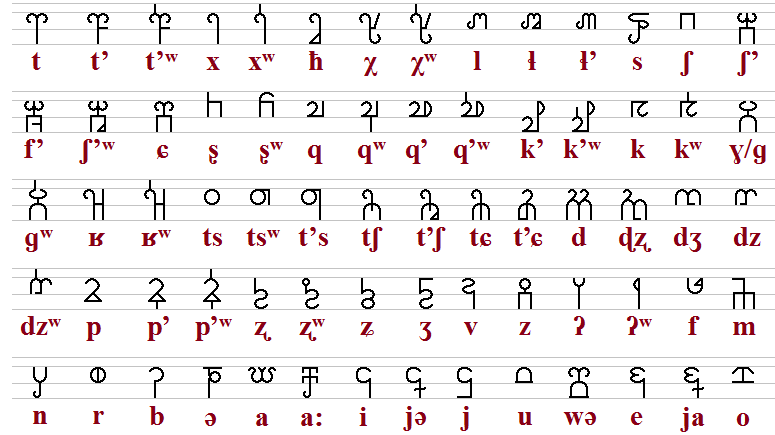

This is going to sound really tedious, but what I’m trying to get at is this:
To justify that “no more or less than the author’s lifetime” is the perfect length of time for copyright to last, you must at the same time justify that “more or less than the author’s lifetime” is not the perfect length of time for copyright to last.
The time limitations of “0 seconds” and “until the heat death of the universe” are more and less than the author’s lifetime, which means that you must justify why these are not the perfect length of time for copyright, just the same as any finite time limitation.
In other words, in order to justify that the author’s lifetime is the perfect length of time for copyright to last, you must first justify both that copyright exists and that it expires. Hence, “What do you think the purpose of copyright is?”
It’s from the answer to that question that you come up with criteria to judge time limitations, and it is from those criteria that you decide on an ideal time limitation. On the other hand, without an answer to that question, your beliefs have no actual basis beyond gut feeling.
Likewise, to criticize someone’s understanding of the purpose or nature of copyright, is criticizing the criteria used for finding an ideal time limitation, is criticizing the favored time limitation itself. My first reply was then based on an assumption of what I figured you thought the purpose of copyright was.




I should clarify that I am not a parent nor a child psychologist nor anything else to that effect, I am only speaking from my own experience of being parented—
I remember being around that age and I had a similar problem of just watching absolute political slop on YouTube. My access to content was never restricted nor closely monitored, but when my mom caught me watching some reactionary bozo on occasion, she would just call it what it was — and then all of a sudden I found myself a lot less interested in that type of content. When she or others would point out the problems with what I was watching or the messages I got from the content, that showed me the “smoke and mirrors” of it. And insofar as I engaged in that content out of a desire to appear precocious… Well, realizing that I was manifesting the exact phenomenon that C.S. Lewis described in that famous quote of his about the “fear of childishness”, and that my attempt to convince myself that I was more grown-up than I really was was collapsing in front of me, I just felt ashamed — but very specifically not humiliated.
So I think the best thing you can do is to understand what role these streamers really play for the child. Because it’s probably not all wanting to be popular, it’s probably not all wanting to appear precocious, and it’s probably not all wanting to build an identity; just as it’s probably not all noticing the ways in which they’re genuinely getting screwed over, and acting on genuine frustrations, genuinely trying to understand why this is and what to do about it even with the limitations of their own lived experience; nor is it probably all learning about the world’s issues and wanting to do their best to be a good person even about things that don’t very obviously affect them personally.
Rather the child’s enjoyment is in all likelihood probably some sort of blend of these or perhaps other things. If you can determine the composition of the blend, you will know where to strike to most effectively reveal the “smoke and mirrors”, and make the child feel that sort of productive shame that causes actual self-reflection. You should aim to be like the elderly Hungarian-born immigrant saying “And that makes a difference, doesn’t it?”, if you’re familiar with that old propaganda film: shame is a negative emotion that makes one want to avoid the cause of the feeling, and it should be your aim to make the child identify the cause of the shame to be the shameful thing rather than the one shaming.
I trust that you’re on good terms with your child and only have good intentions, so I think that you will succeed. And of course I should reiterate that my own perspective is limited, and what worked for myself might not work for everyone.